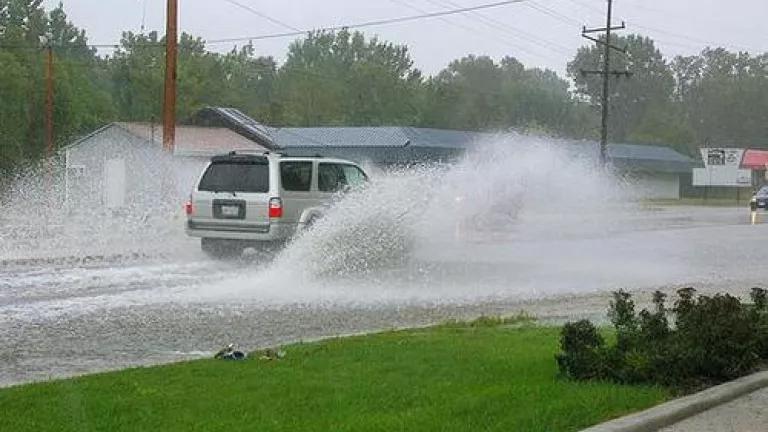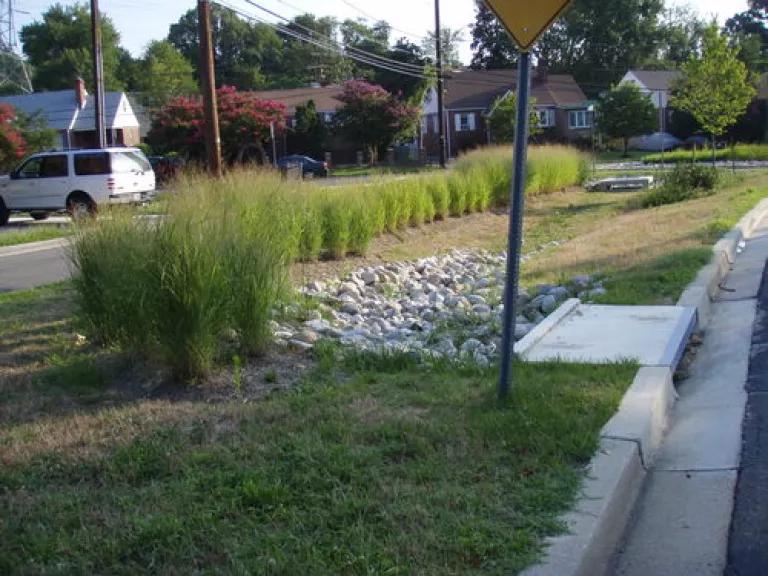
When most people think about the environmental impacts of roads and highways, they usually think of things like air pollution and noise from vehicles, or wildlife being hit by cars. What many people don’t realize is that the roads themselves have a significant impact on the environment – especially on water quality.
Every time it rains, runoff from roads and highways washes harmful pollutants into nearby rivers, streams, and lakes. Because the surface of roads is impervious – meaning that water cannot pass through it – rain that falls on roadways is not able to soak into the ground as it would naturally. Instead, that rainfall runs off into local water bodies, carrying with it all the stuff that was on the road’s surface: dirt, oil, grease, toxic chemicals, heavy metals, road salts, trash, and other pollutants.
According to American Rivers, when an inch of rain falls on just one mile of road, it produces 55,000 gallons of polluted stormwater. That’s bad for our local water bodies – not just because all that water carries pollution with it, but also because the excess water itself can erode stream banks, washing dirt into the water and destroying adjacent habitat.
(Photo credit: Erin Bluhm)
Fortunately, we know how to avoid these impacts: by controlling stormwater runoff from our roadways using something called “green infrastructure.” Green infrastructure techniques aim to reduce the volume of runoff, stopping the water where it falls before it can carry pollution into waterways. This can be done by infiltrating stormwater into the ground, or by using plants to evapotranspirate the water back into the air.
This approach is great because it’s much easier to keep pollution out of rivers and lakes in the first place than it is to remove the pollution once it’s there. We also love it because green infrastructure techniques provide communities with all sorts of benefits other than water quality improvement: air pollution reduction, creation of wildlife habitat, reduction of the urban heat island effect – even improved health and increased property values.

(Roadside infiltration swale -- Photo credit: Metropolitan Washington Council of Governments)
We have reason to believe that this approach will soon be the norm for roads and highways around the country. That’s because a new bill introduced in the Senate yesterday by Senator Ben Cardin of Maryland will require certain new and redeveloped highway projects to maintain the “pre-development hydrology” of the site – in other words, preserve or restore its natural condition – by retaining runoff using green infrastructure and other techniques.
Senator Cardin said it best upon introducing the bill:
“Stormwater is the largest source of water pollution in our nation, and when it rains a myriad of dangerous contaminants are washed from road surfaces directly into our streams, rivers and other water bodies. We must design and construct roads in ways that address contaminated highway runoff at its source, reducing the chance of flash floods and stopping pollution before it reaches the waters of the Chesapeake Bay. Highways built with federal funds already are required to meet design standards for safety and structural quality. It’s time we implemented an environmental design standards for highways that protect water quality as well.”
Let’s hope that the Senate acts quickly to pass the STOPS Runoff Act. Not only will it reduce the impact of our roads and highways on the environment, but it will also ensure that our communities reap a wide range of other benefits, making them better places to live.

